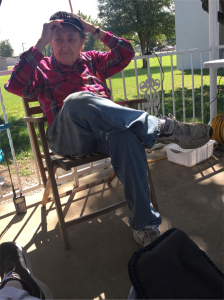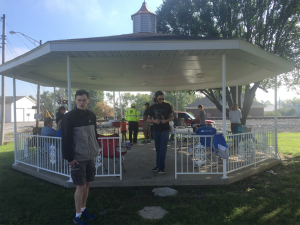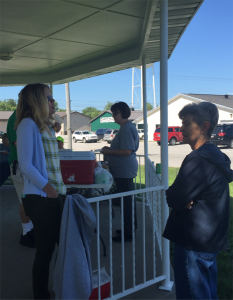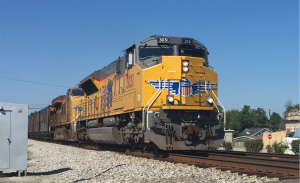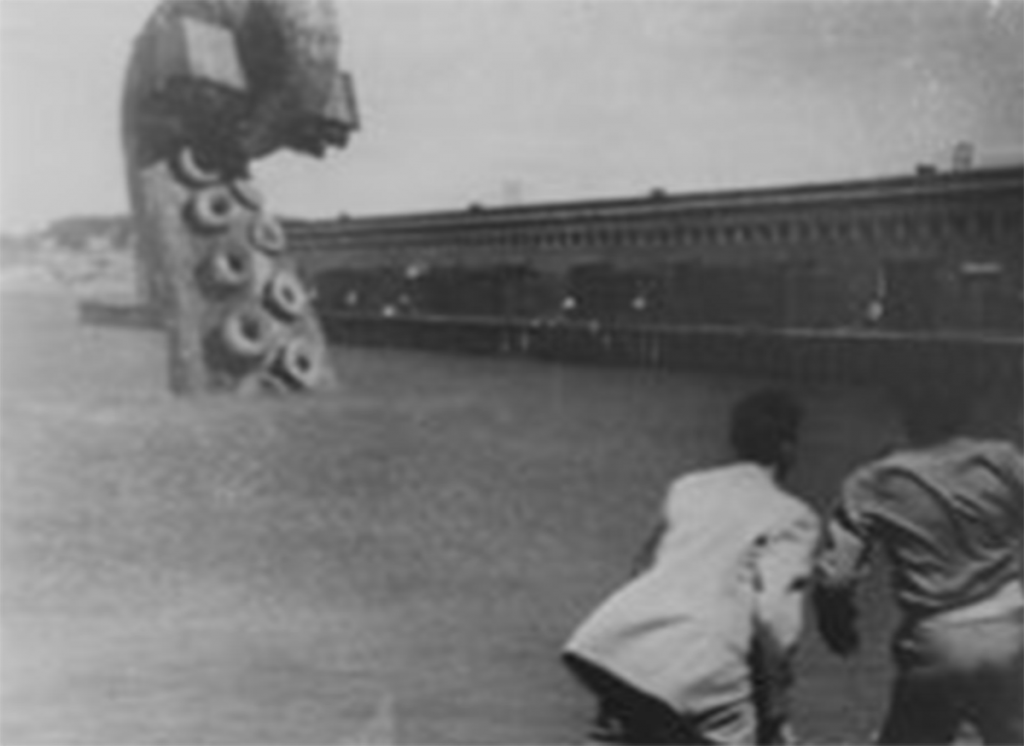Year: 2018
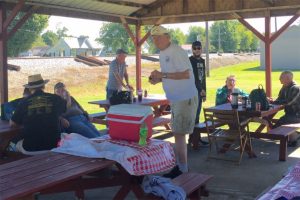
Don’t forget to join us for the West Kentucky Chapter of the National Railway Historical Society’s annual chapter picnic in Crofton, Ky next to the fire station. Any time after 9:00 am until ????? We will be grilling out with a coffee can for donations toward the food. Please bring your own chair and we will have three tables on site. Park you car out front of Veterans Park and walk back to the tracks unless you are handicapped. If so, you may park closer to the picnic area. Drive around in front of the fire station and we’ll find you a spot.
We hope that CSX will be good to us and provide us with lots of trains along the Henderson Subdivision! Weatherman is calling for a sunny day with only a 10% of rain so it should be a great fall day for watching and photographing trains! Don’t forget that it’s the last day you can shoot pictures for our members only September chapter photo contest! Entries are due by the 7th of October! We all hope to see you there!!!
Ok, at least ferry terminal is rail related, being the headquarters for the Southern Pacific railroad empire. I’ll admit I’m a sucker for old landscape pictures. What I find so interesting about this picture, is what’s not in the picture. In 1925 the SF/Oakland Bay Bridge was only a dream. In 14 years the area adjacent to Yerba Buena island’s north side, and behind the clock tower, will become the nearly square mile site of the 1939/40 Golden Gate International Exposition. Thus, Treasure Island is formed.
The shoals immediately north of Yerba Buena Island were a danger to shipping. Creating an artificial island by placing a jillion tons of rock and massive dredging of the harbor quelled that hazard. By the time the expo was over, war was brewing and the Navy seized the newly created island. It became a training base including an airfield. In 2007 the government sold the island to the City of San Francisco. On-going now is a multi-billion Treasure Island Development project for up to 8,000 new residences, 140,000 square feet of new commercial and retail space. The picture (above) is pretty cool too, taken in about 1936. The north tower of the Golden Gate bridge is near completion. The caisson for the south tower at the end of the temporary pier is not yet complete. The massive concrete structure at water’s edge is not part of the tower, rather a support for what will become the bridge approach. The adjacent land is part of the Presidio of San Francisco. The bridge opened in 1937 and a few years later a hurricane swept through the “Golden Gate” and to this day there are claims bridge is out of alignment, inward, by about 18 inches.
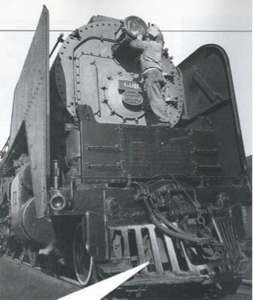 Yes, that’s the bell, mounted behind the cow-catcher, or more officially, the Pilot. Whether the bell rotates with an independent clanger, or mounted rigid and mechanical, is unanswered. Perhaps a New York Central aficionado will set the record straight.
Yes, that’s the bell, mounted behind the cow-catcher, or more officially, the Pilot. Whether the bell rotates with an independent clanger, or mounted rigid and mechanical, is unanswered. Perhaps a New York Central aficionado will set the record straight.
There is a very good reason why the bell would be placed somewhere other than on top of the boiler, typical on most steam locomotives. Clearances were tight on the NYC and most others in the east. Early railroad infrastructure was built to a smaller standard, and as trains got longer and heavier the motive power and rolling stock grew in size. Lineside obstructions could be moved, but tunnels were unforgiving.
If we could see the of the top of the boiler, you would notice that smoke stack, whistle and other apparatus is also very low profile. Clearance issues is the reason dome cars were virtually nonexistent in the northeast. Double stack container trains were also late in coming to the east coast railroads for the same reason.
The loco above is one of New York Central’s finest, a Niagara 4-8-4 #6011 built by American Locomotive Company. Those smoke-lifting wings gave them a sleek appearance.
Credits: photo by Ed Nowak – NYC, as seen in Classic Trains magazine, Summer 2013
Submitted by Gary O. Ostlund

Working on the railroad has always been dangerous work. In years past few conventional insurance underwriters would consider policies for railroaders. Whether switchmen in the yards dodging rolling equipment, or brakemen jumping from boxcar to boxcar tying down hand brakes, many a railroader never came home at the end of the day, leaving a trail of mourning widows.
A sobering example of the dangers of railroading is this B&O SD40 with a cabful of lumber. On June 15, 1979, at Bremen, Ind., a load of lumber on a westbound train shifted and slid into the cab of No. 7598, running backward as the trailing unit on an eastbound. A brakeman riding the diesel’s cab sustained minor injuries — and no doubt paid special attention the next time he passed another train.
Many safety improvements have occurred over the years, with the invention the Westinghouse air brake and the Janney coupler being prime examples. In the years before and since the accident above, lumber transport by rail too has changed. In the very early days boxcars were used for transport of lumber products, a manual and cumbersome process. Today the modern center-beam cars have replaced open flat cars for lumber and other shipments such as dry-wall and plywood.
Submitted by Gary O. Ostlund.

